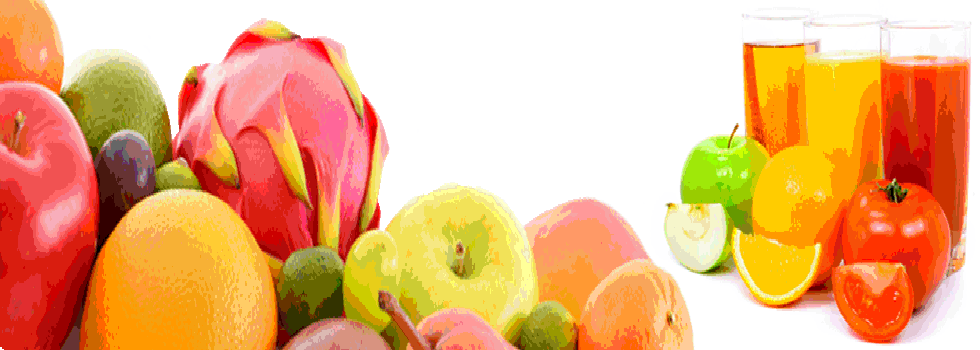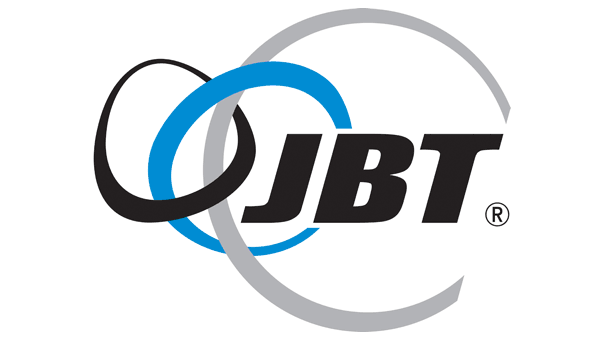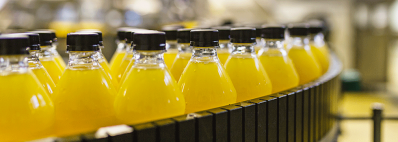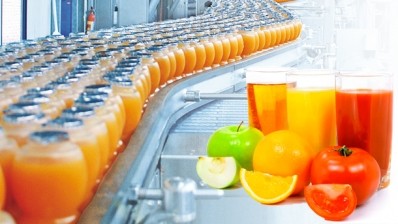Promotional Features
How continuous processing helps premium juice brands scale up efficiently and enhance quality
Worldwide demand for high-quality, premium fruit and vegetable juices and purees has risen sharply over the past decade, turning once-tiny beverage startups into sizable, fast-growing businesses. This has created challenges as companies try to scale up batch processes designed to handle low volumes without compromising quality, consistency and brand reputation.
The source of the challenges is evident in data on the growth of the market for super-premium juices and purees. These products tap into consumer demand for healthy, natural beverages by combining fruit and vegetable juices and applying non-thermal processes, such as high-pressure processing (HPP). This approach is designed to ensure the finished product contains as much of the flavor and nutrition of the fruits and vegetables as possible, while also meeting retailer demands on shelf life.
Consumers have embraced these products. From 2000 to 2016, the wholesale super-premium juice market grew from $582 million to $2.2 billion, according to Beverage Marketing Corporation (BMC). The sector has grown particularly quickly since recovering from a period of stagnation at the time of the financial crisis in the late 2000s. Market research group BMC expects the market to grow to $3.2 billion by 2020.
Many of the companies founded at the start of this period of explosive growth began life as small, artisanal producers that used simple batch processes such as bag presses to make their beverages. Producing juice in a bag press entails putting fruits and vegetables into a straining bag and applying pressure. The resulting juice is collected in a bin and typically filled into bottles using semi-automatic equipment. All the equipment is taken apart and cleaned between each batch.
The high prices and low volumes common historically in the super-premium juice sector make this a viable approach for companies in the early stages of their growth. However, the inefficiencies of the process become increasingly apparent as manufacturers scale up their operations to meet rising demand. Extracting juice using a bag press is time consuming, labor intensive and prone to batch-to-batch variation. As importantly, the time taken to clean equipment results in significant downtime and thereby decreases output.
These challenges have created strong demand for a new approach. This approach must eliminate the inefficiencies of batch processing while maintaining or even enhancing the quality, consistency and flavor profile people expect from premium brands.
“Companies that are getting bigger need a better process to maintain their product quality and brand reputation,” Michael Mas, global product line director, fruit and vegetable processing at JBT, said.
The benefits of continuous processing
As small businesses, super-premium juice brands built their reputations for quality by processing all the fruits and vegetables used in their products in-house. To retain these hard-earned reputations, the brands need to maintain a high level of control over their operations as they grow. This prevents super-premium companies from buying in some types of juice and installing specialized equipment for whatever fruits and vegetables they do process internally, as is common among large-scale juice producers. Equally, the need to scale up poses operational challenges for brands if they remain with their established batch processes.
The upshot is producers of high-end juices and purees need extremely versatile production lines. These production lines must be equally adept at handling apples, carrots, leafy greens and all the other types of fruits and vegetables that go into a company’s products. Sometimes a single type of fruit or vegetable will be processed. Other times the production line will handle a mix of materials. Specialized equipment designed to process a single type of fruit or vegetable is not a viable option.
This operating model magnifies the problems caused by inefficient cleaning processes. Some makers of high-quality juices and purees will run multiple products on a line each day, for example by starting with apples, switching to carrots in the afternoon and then processing leafy greens in the evening. This makes cleaning time a critical parameter for site efficiency.
“Some of these plants are running 12 hours a day total. If you’re cleaning by hand every time you change a product and you run five products in a day, you're looking at almost four hours of downtime even if the cleaning process only takes 45 minutes,” JBT’s Mas said.
Vendors have responded to these issues with equipment better suited to the needs of growing juice companies. Continuous cold processing — also known as raw processing — entails constantly feeding fruits and vegetables into the production line. The line then supplies a continuous stream of juice ready for blending, filling and HPP. Continuous processing equipment can handle a wide variety of fruits and vegetables, either separately or as a mix added in the desired ratio of the end product. Whatever the approach, the result is a non-thermal, cold-processed product ready for sale.
Significantly, continuous processing enables clean-in-place (CIP). This frees manufacturers from the need to disassemble equipment for cleaning when preparing the line to handle the next raw material to be processed or at the end of the processing day. Adopting CIP significantly reduces downtime, adding to the uptime gains realized by moving from a batch to a continuous process.
The result is an approach ideally suited to the needs of expanding premium juice brands. Continuous processing meets these companies needs’ by enhancing the flexibility and control they enjoyed when using low-volume batch processes while incorporating cleaning-related efficiency gains pioneered at large-scale manufacturers. Companies that embrace the approach can retain the characteristics that drove their early successes and lay a platform that supports their continuing growth.




